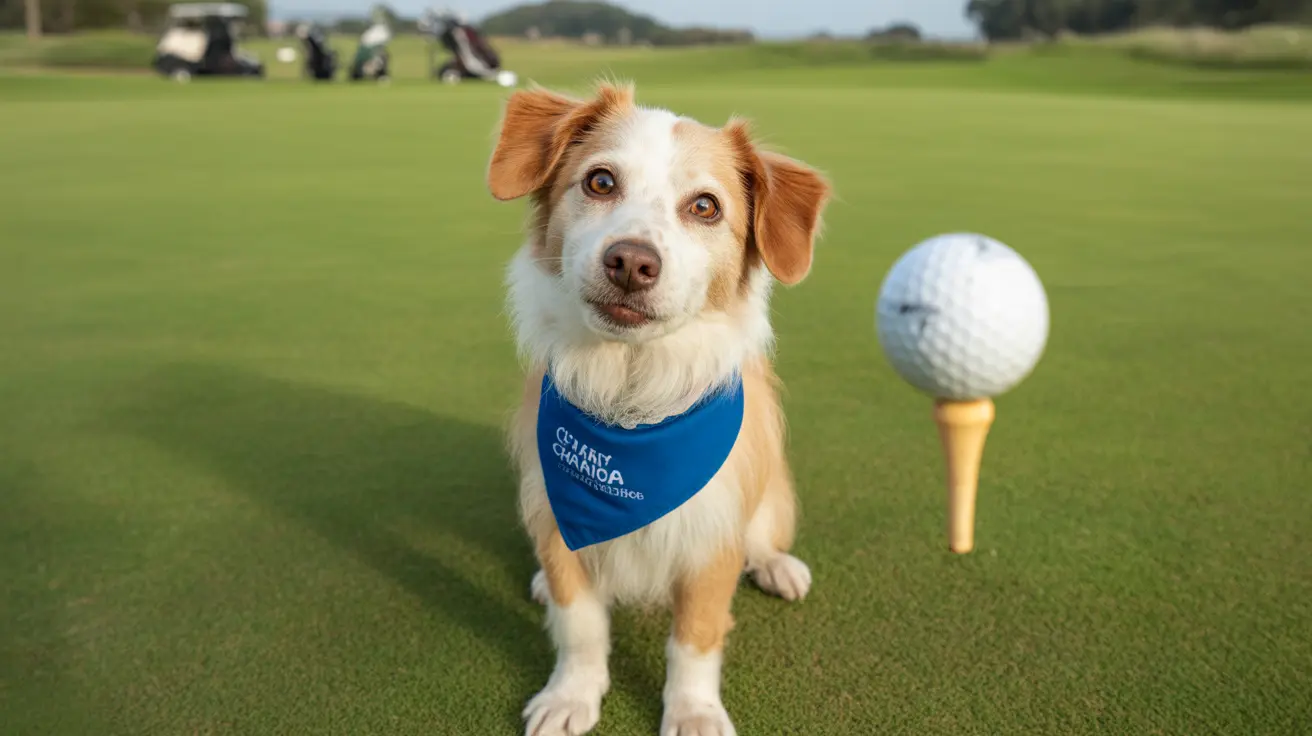Understanding the Causes of Dog Bite Incidents
Dog bites are a major public health issue, ranging from minor nips to severe wounds that can lead to infection or even death. Each year, millions experience dog bites—most often at home and from dogs they know. Children face the highest risk, especially for serious injuries to the head and neck due to their size and typical behavior.
Why Do Dogs Bite?
Bites rarely happen without reason. Dogs bite primarily as a reaction to specific triggers. Here are the most common causes:
- Defending themselves or their territory: If a dog feels its space is threatened—by a stranger or even a familiar person—it may bite to protect itself.
- Fear or being startled: Sudden movements, loud noises, or unfamiliar people can frighten dogs, prompting them to lash out defensively.
- Sensing a threat: Dogs are sensitive to body language and tone; if they perceive an action as aggressive or threatening (even unintentionally), they may respond with aggression.
- Guarding resources: Many bites occur when a dog is protecting something valuable—food, toys, favorite spots, or even puppies.
- Pain or illness: A normally gentle dog might bite if it’s hurt or unwell. Pain lowers tolerance and increases irritability.
- Play gone wrong: Sometimes play becomes too rough. Excited dogs may nip or bite unintentionally if play isn’t supervised or managed well.
Resource guarding and territoriality are particularly strong motivators for some dogs. Even well-socialized animals can react aggressively if they feel what matters most to them is at risk.
The Role of Breed and Other Factors
You might hear that certain breeds are more likely to bite—but breed alone doesn’t reliably predict biting behavior. While some breeds appear more often in reports of severe bites, many other factors matter far more:
- The individual dog's history (including previous trauma)
- Socialization experiences as a puppy and adult
- Training methods used by owners
- The dog's health status (illnesses can increase irritability)
- The environment (crowded spaces, stressful situations)
Media coverage sometimes exaggerates risks associated with particular breeds without considering these important variables. In reality, any dog can bite under the right (or wrong) circumstances.
Who Is Most at Risk?
- Children under twelve, especially boys: They’re more likely to approach dogs in ways that trigger defensive reactions.
- Bites happening near the dog's home: Most incidents involve familiar animals in domestic settings.
- Bites from male dogs (especially those not neutered), younger than five years old, and weighing over fifty pounds: These groups show higher incidence rates.
- Bite victims who provoke the dog (about half of all cases): Provocation can be intentional or accidental—like disturbing a sleeping animal or interfering with its food.
Bites may also happen without clear provocation, particularly in some breeds involved in severe incidents—but context always matters.
The Human Factor: How People Influence Dog Bites
A lot depends on how humans interact with dogs. Common mistakes include:
- Approaching unfamiliar dogs without caution
- Bothering dogs while they’re eating, sleeping, or caring for puppies
- Mishandling during play (rough games like tug-of-war can escalate arousal)
- Ignoring signs of stress—growling, stiff posture, lip licking—until it’s too late
Lack of supervision is a big problem with children around dogs. Kids often don’t recognize warning signs and may behave unpredictably from a dog’s perspective.
The Consequences of Dog Bites
Bite wounds vary in severity but always carry some risk of infection due to bacteria in canine mouths. Complications include cellulitis (skin infection), abscesses, joint infections (septic arthritis), bone infections (osteomyelitis), and rarely more serious conditions like endocarditis or meningitis. The risk increases with deep wounds and delayed medical care.
Prevention Strategies That Work
You can prevent most bites by focusing on responsible ownership and safe interactions:
- Selecting well-socialized puppies/dogs; investing time in training using positive methods;
- Ensuring regular veterinary care—including vaccines;
- Supervising children closely around all dogs;
- Teaching kids not to disturb animals during meals/rest;
- Recognizing canine stress signals and giving space;
- Using leashes outdoors; securing yards with reliable gates;
- Avoiding rough games that encourage nipping;
If you own a dog, your actions matter most: provide humane care, integrate your pet into family routines positively, stay alert for changes in behavior that might signal pain or distress—and comply with local leash/vaccination laws. Community education about safe animal interactions also helps reduce bite risks overall.
If a Bite Happens: What Next?
- Clean the wound thoroughly with soap and water as soon as possible.
- If it’s deep/bleeding heavily/on the face/hands—or shows signs of infection—seek medical attention promptly.
- If possible, get information about the biting dog's vaccination status for further risk assessment.
If rabies is suspected based on local prevalence or animal health status, postexposure treatment may be needed. Legal responsibility usually falls on owners; many places have strict rules about containment/reporting/quarantine after an incident.
The Bottom Line on Dog Bite Causes
Bites almost always have understandable causes rooted in canine behavior and human actions. By learning about these triggers—and acting responsibly—you can dramatically reduce the chances of an incident ever occurring.





